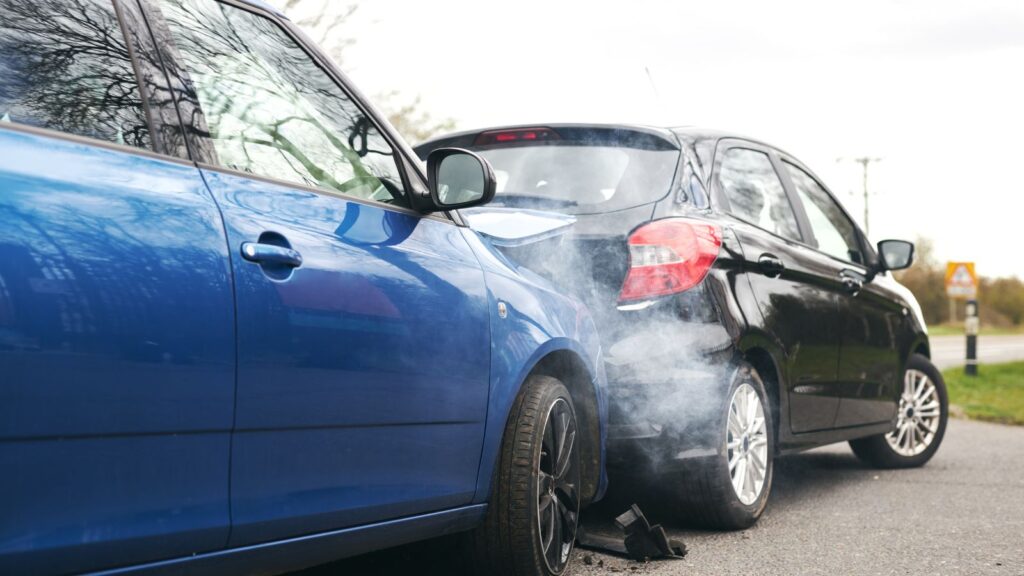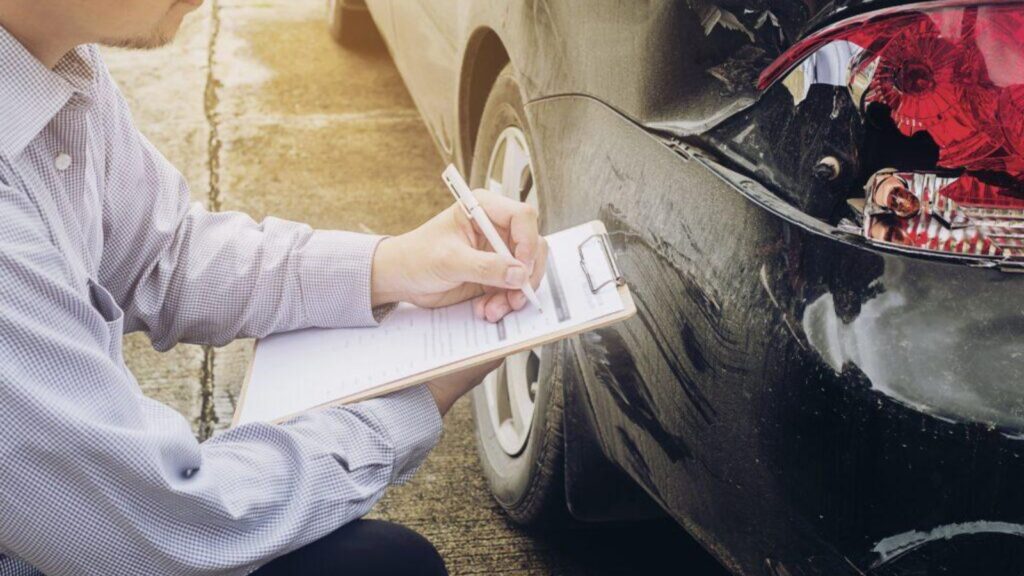Multiple vehicle crashes and pile-ups are fairly common in the U.S., particularly during adverse weather conditions like snow and fog or during rush hours. When such accidents occur, multiple insurance policies come into play, and things can quickly get confusing.
Also, accidents involving commercial vehicles or a rideshare driver might have more than one party that can be held liable, hence multiple insurance policies. If you ever face such a situation, look for car accident lawyers near you who can help you navigate the process of filing a claim. Here is a walkthrough of what you should do if you find yourself dealing with several insurers after a crash.
Identify All Involved Insurance Policies
Start by figuring out which insurance policies might apply. This includes:
- The at-fault driver’s liability insurance.
- Your own auto insurance if you have a collision in a no-fault state or uninsured/underinsured motorist coverage.
- Policies covering passengers, vehicles, owners, or employers.
In some cases, umbrella or excess liability policies may be used. For example, if a delivery driver hits you while performing workplace duties, their employer’s commercial insurance may be involved in addition to personal coverage. The more time you take to understand policies at the beginning, the easier it will be for you to know all your options later.

Notify Every Relevant Insurance Company
After knowing which policies are potentially involved, notify each insurer. Do not make the mistake of assuming one company will alert the others. Instead, take the responsibility to do so.
Any delays can risk you missing important deadlines or the insurance company denying your claim. When you reach out, note the date, time, and the name of the person you spoke with. If possible, follow up in writing to have a record.
Understand Who Pays First
When multiple policies cover the same event, the order in which they pay can impact your payout. Typically, the at-fault party’s insurance is considered “primary.” For example, in a pile-up accident, the driver who hit the first car is considered responsible. If their coverage is not enough to pay for all the damages, other insurance coverage, like an umbrella policy, can be used to cover the difference.
Another example is when a rideshare driver causes a crash. Their personal insurance and the rideshare company’s commercial insurance might be involved, depending on whether they were logged into the app during the crash.
Be Careful When Dealing with Insurance Adjusters
When more than one insurer is involved, you can expect more phone calls, forms to fill out, and questions to answer. Always remember that every adjuster is working for their company and not you.
Therefore, be polite but cautious. Avoid giving recorded statements or signing anything without fully understanding it. What you say to one insurer could be used against you by another one to reduce or deny your claim.
Therefore, consider getting legal help. An attorney will understand how to coordinate claims and prevent insurers from pointing fingers at each other to make sure you do not leave any money on the table.
Conclusion
By identifying all potential coverage, notifying insurers, and getting legal help, you can protect yourself when several policies are involved. This way, you can pursue the compensation you deserve.


